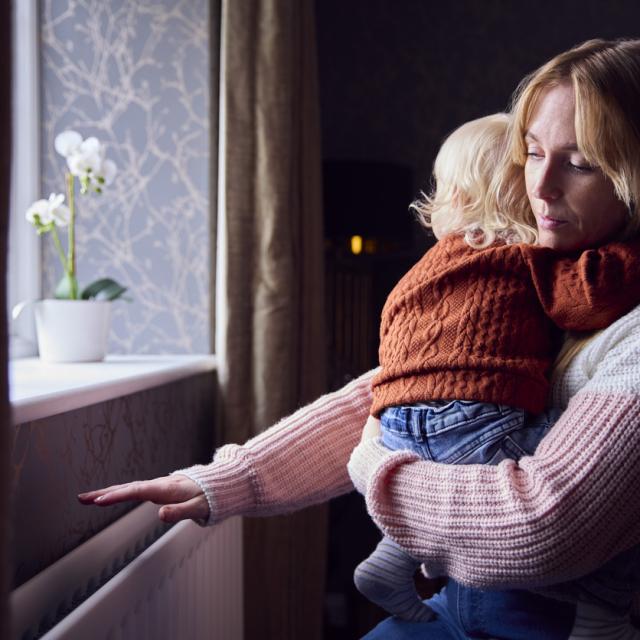Understanding the experiences of receiving the Five Family Payments


The National Centre for Social Research (NatCen) was commissioned by Action for Children, a leading children’s charity in the UK, to conduct quantitative analysis on the topics of material deprivation and poverty among children in the UK.
Our analysis focused on two indicators of poverty:
Material deprivation: this includes families that are prevented from consuming goods and services which are considered the norm for other people in society, due to an inability to afford them. This measure of poverty has two advantages:
Living in a low income family: children are considered to live in a low income family if their families’ equivalised income after housing costs is less than or equal to 60% of the population median income for the year in question.
The main research questions were:
In 2021/22, 18% of children were in material deprivation (2.6m), 8% of children were in material deprivation but not in a low-income family (1.1m), and 10% of children experienced the combination of both material deprivation and living in a low-income family (1.5m).
Children from the following socio-demographic groups were more likely to be in material deprivation:
Some children were in families not on low incomes but still in material deprivation.
Our analysis showed that children with disabilities were more likely to be in material deprivation even when their family was not on a low income, compared to children without disabilities. This may indicate that having a disability leads to additional living costs and these extra costs result in disabled children being at higher risk of material deprivation, even when their family are not on a low income.
This analysis was conducted on data from the Households Below Average Income (HBAI) datasets covering 2010/11 to 2021/22.
Population estimates in our analysis relate to all children in the UK (approximately 14 million in 2021/22). Survey weights were applied to each respondent in the sample when producing all the descriptive statistics used in this analysis. These adjust for survey non-response, making the weighted estimates representative of the population of children in the UK for each year covered by the analysis.
A child was defined as an individual aged under 16 or aged 16-19 and dependant (i.e., not married, in a civil partnership, or living with a partner; and living with parents/a responsible adult; and in full-time non-advanced education or in unpaid government training).
As some characteristics refer to children themselves (e.g., their age), but some data is collected on family or household level we follow HBAI’s definitions for these:
Receive a regular update, sent directly to your inbox, with a summary of our current events, research, blogs and comment.
Subscribe